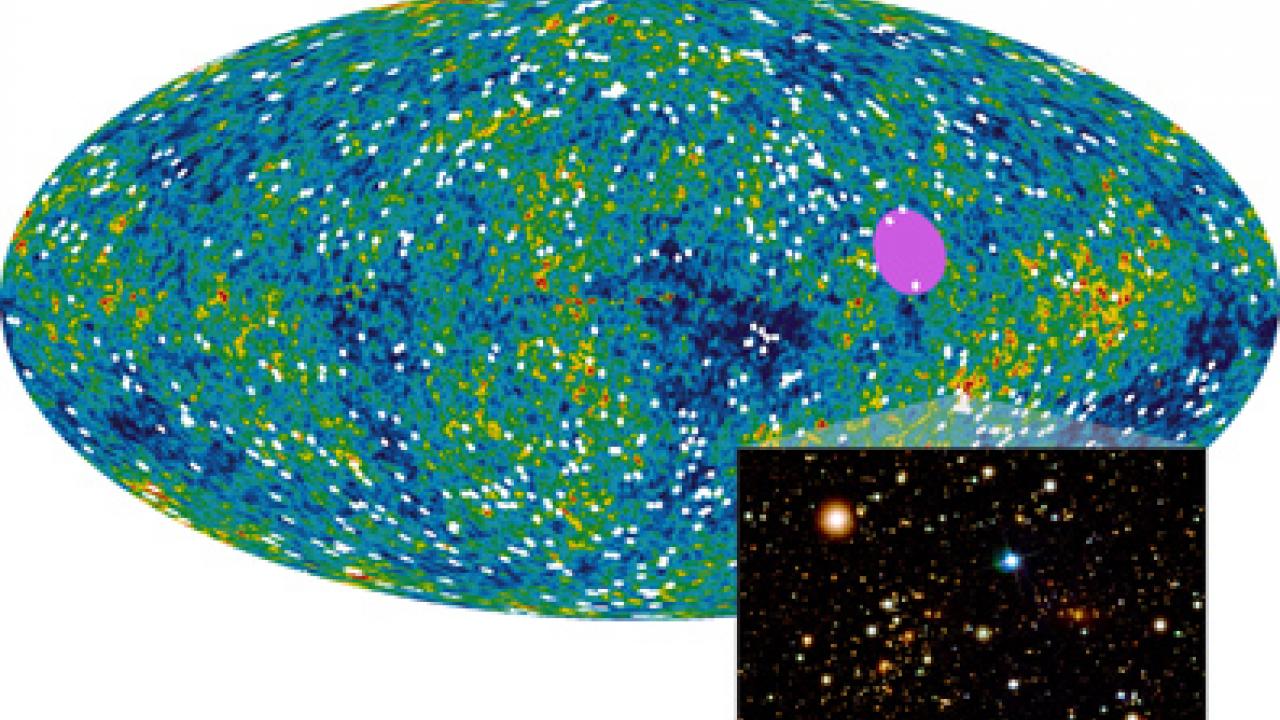The stars are in motion, and on a much larger scale than can be explained with current theories, according to astronomers at the National Aeronautics and Space Administration, UC Davis and two other universities. The finding could improve our understanding of events in the first moments after the birth of the universe.
The researchers found an unexpected motion, or flow, of galaxy clusters across a wide patch of the sky up to at least a billion light years away.
Local flows of galaxies and galaxy clusters are well-known, said Dale Kocevski, a UC Davis postdoctoral researcher who was part of the team. For example, our own Milky Way galaxy is moving toward the Andromeda galaxy, and the galaxy group that includes both Andromeda and the Milky Way is moving at about 600 kilometers a second.
These motions happen because matter -- both stars, dust and gas and the more abundant but invisible dark matter -- is distributed in uneven clumps, and gravity pulls galaxy clusters toward those clumps. Astronomers call these clumps "anisotropies."
But the newly detected motion stretches over far too large an area to be explained in that way, according to Kocevski and his colleagues at NASA, the University of Hawaii and the University of Salamanca, Spain.
"It's too big an effect to be due to anisotropies in matter or dark matter," Kocevski said. Because the force of gravity decreases with the inverse square of distance, an effect over such a wide area would require far more mass than can actually exist there, he said.
A catalog of 700 galaxy clusters, observed with X-ray astronomy, and NASA's Wilkinson Microwave Anisotropy Probe, revealed the large-scale motion -- seen as tiny variations in the microwave background radiation left over from the Big Bang. In 2000, Kashlinsky and Fernando Atrio-Barandela of the University of Salamanca, Spain, found a way to amplify this effect and use it to measure the motion of distant galaxy clusters.
Big Bang models that include a feature called inflation offer a possible explanation for the flow. Inflation is the idea that shortly after the Big Bang, the universe expanded extremely rapidly. If inflation did occur, then the universe we can see is only a small portion of the whole cosmos.
The researchers' report appeared in the Sept. 24 edition of Astrophysical Journal Letters.
Media Resources
Dave Jones, Dateline, 530-752-6556, dljones@ucdavis.edu
